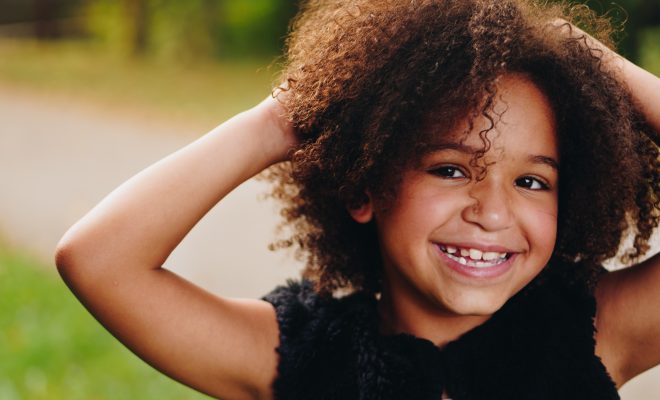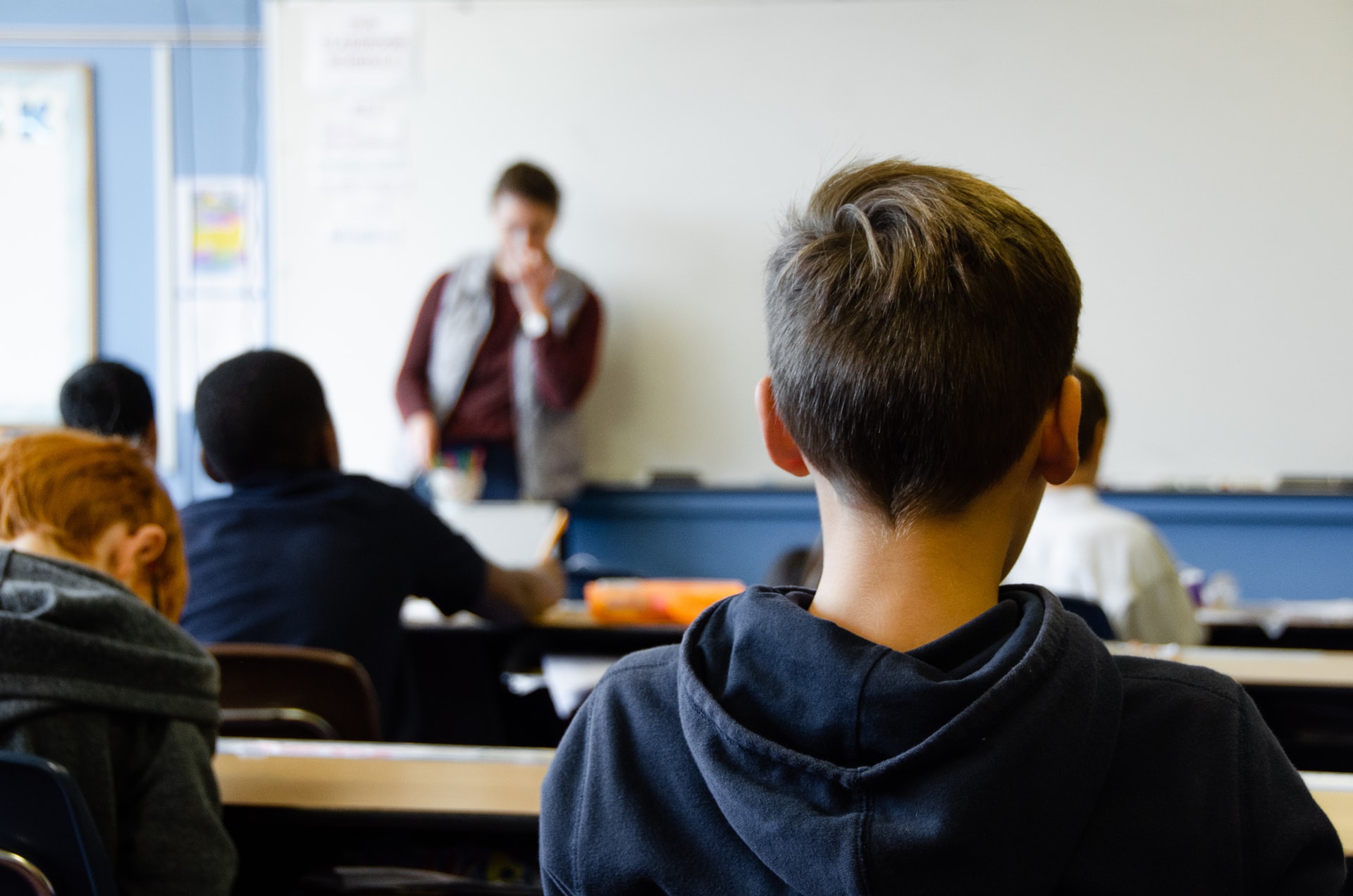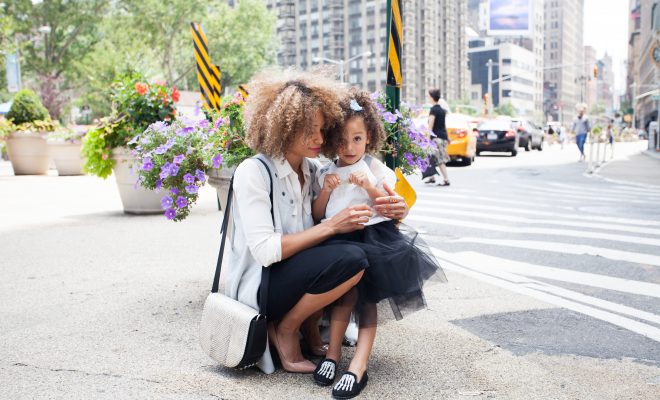Save Your Terrible: 2 Is The Best Age

As the name implies, the “terrible twos” often carry a negative connotation, painting a picture of tantrums, defiance, and chaos. This phase traditionally marks a period where toddlers are notorious for being obstinate and seemingly unruly. However, upon closer examination, age two can actually be seen as one of the best stages of childhood development. This might seem counterintuitive at first, but there’s a treasure trove of growth and learning taking place during this year that’s just waiting to be appreciated.
Firstly, the terrible twos are not so much ‘terrible’ as they are a sign of healthy development. At this age, children are burgeoning explorers of their world. Their cognitive abilities are expanding rapidly, allowing them to understand more complex concepts and ideas every day. Their curiosity knows no bounds; they relentlessly explore their environments, eager to touch, taste, and learn about everything within reach.
During this developmental phase, language skills take off at an extraordinary pace. Two-year-olds start stringing together words and forming complete sentences. This allows them to express their thoughts and emotions more clearly than ever before, which is an essential step in developing social skills. As frustrating as it might be to hear “no” repeatedly from your two-year-old, consider it a sign of them asserting their independence and understanding that they have a say in their own lives.
Moreover, age two is filled with monumental physical milestones. Coordination improves, enabling toddlers to participate in more complex play like running, jumping, and climbing—activities that will help strengthen their bodies and improve overall motor skills. It’s also an age where they start to refine their fine motor skills through activities like drawing or stacking blocks. These are vital for later academic successes such as writing and problem-solving.
We also cannot understate the emotional bonds that form around this age. Two-year-olds start to really grasp who their family members and caregivers are on a deeper level. They begin showing affection more intentionally through hugs or kisses and can form strong emotional connections.
In conclusion, while it’s easy to focus on the challenging aspects of the “terrible twos,” it’s important to remember the incredible amount of development happening during this time. It’s an age where every day brings new learning opportunities for children—it’s when they really start discovering who they are and how they fit into the world around them. Calling two-year-olds “terrible” does them a disservice; instead, let’s acknowledge and celebrate the wonders of this dynamic phase of growth.






